If you are planning a vacation in Europe, one of the most commonly overlooked spots to vacation is the city of Vienna. This northeastern Austrian extension of the Alps is one of the most beautiful and historical cities in Austria. As one of the top UNESCO regions for Europe and North America, you can experience a world of culture in the city as well as the history of the great classical music masters.
Located on the mighty Danube River, the city stands on either side of the river and is connected by a series of bridges and canals. It is the sixth-largest city by population in the European Union and is considered to be the city of dreams for many of the local residents as well as the tourist population.
Contents
Vienna Location
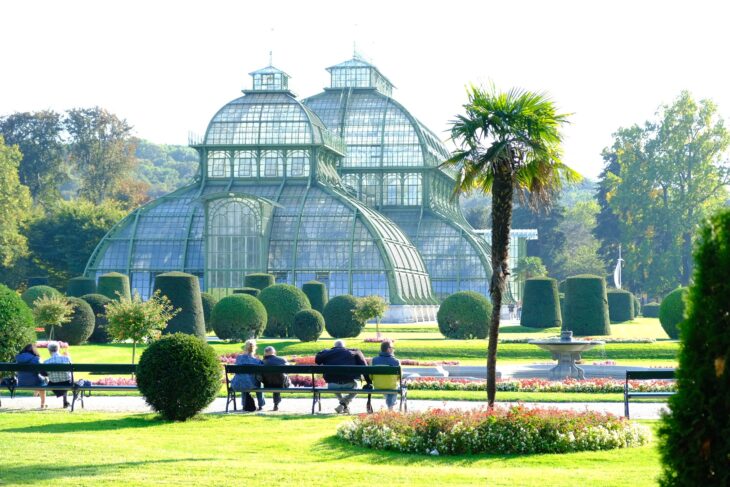
Source: theviennablog
Vienna is the capital of Austria and is much larger than any other city in the country. Vienna is not centrally located for capital, however. The city limits of the attic can be found just 30 km from the border of Slovakia.
The city is much further east than many of the capitals of the Czech Republic and Croatia and it’s almost as far from the western border of Austria as Paris is.
Vienna was settled in Austria long before it was established as the city we know today in 1919. Before World War I, the city was the head of the huge empire known as Austria-Hungary which stretched to the north, east and south of the city. Vienna was considered the Western point of the Austrian Hungarian empire.
Visiting this location can give you a number of benefits as a tourist that is seeking to explore the area. It’s a short drive into Slovakia, you can explore Hungary and the Czech Republic quite easily with a three and four-hour drive and it’s also close to the mountains. Vienna is not in the alps itself but the mountains are fairly close and you can find ski resorts within just an hour drive in the southwest corner of the city.
Time zone in Vienna
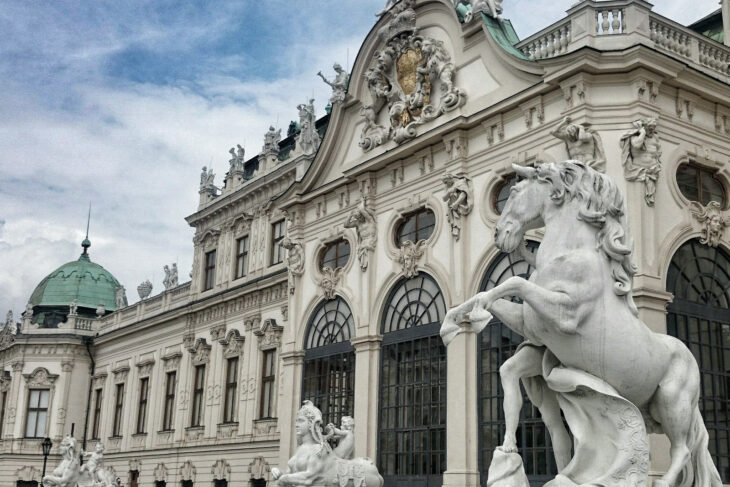
Source: flyingandtravel
The time zone in Vienna is CET or Central European Time. This covers the western and most central part of Europe. The time zone in the end also uses a daylight savings time which spans from March until late October. The clocks during this time will go forward in an hour and this is when the time zone transitions into CEST.
Language in Vienna
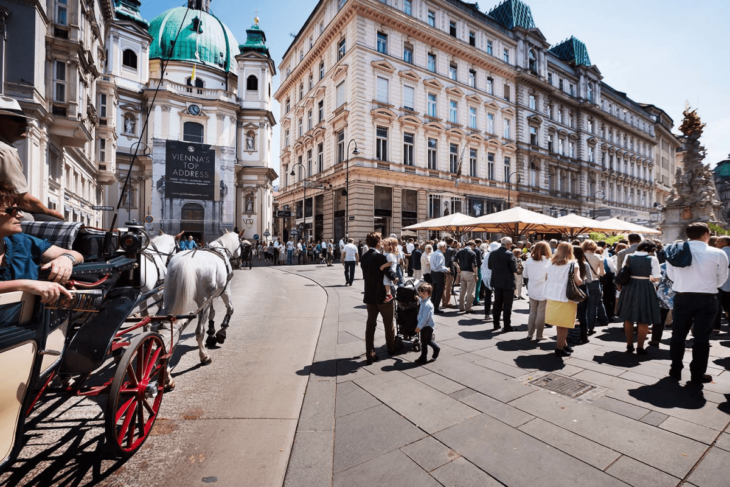
Source: streetsoftheworld
The main language which is spoken in Vienna is German. The dialect of German is slightly different from that which is used in Germany and the differences are akin to the difference between British and American English. Many of the locals are happy to adjust their accents and speak in standard German.
Because the standard of education in Austria is quite high there is a good chance that you will be able to speak English with people in the area as well. Many schoolchildren learn English at a young age so you will not come across as arrogant addressing people in English if you are more comfortable speaking it. There are many citizens that may even be eager to practice their English with someone who is visiting.
Vienna currency
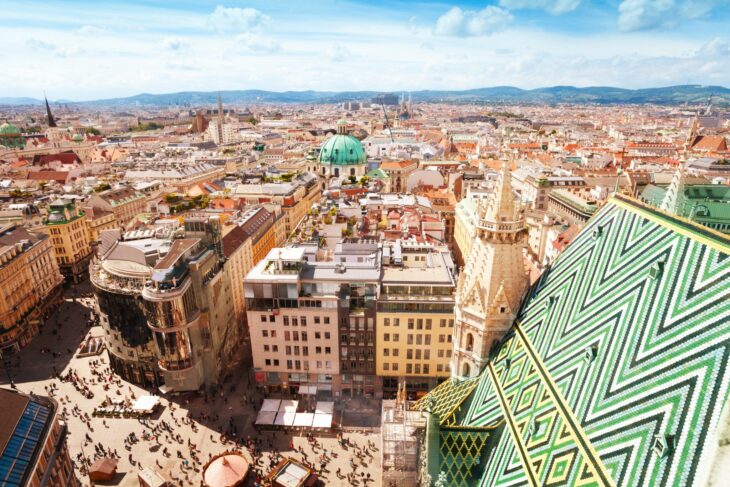
Source: ezwa-travel
Vienna uses the euro as its official currency and has been using the euro since January 1, 2002. In most cases you will not be able to use the US dollar as there is a massive amount of fluctuation between the two currencies. Some businesses will offer payment with the daily conversion rate but it’s usually wise to consider converting some of your currency before arriving in Vienna.
What is Vienna best known for?
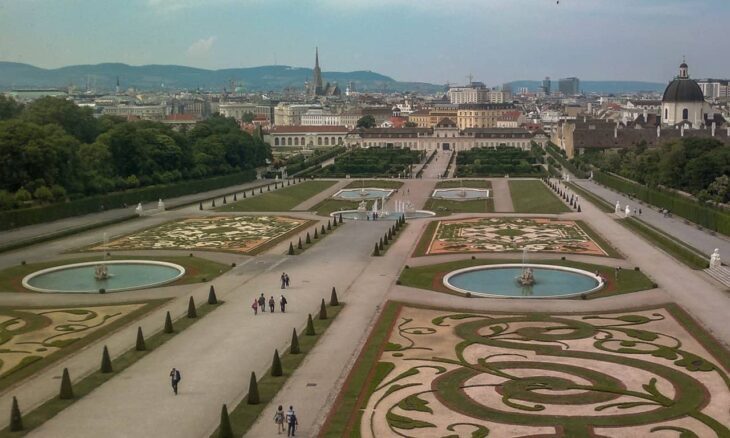
Source: archaeology-travel
Vienna has a unique blend of traditions from its imperial age as well as a variety of staggering architecture. The city has been made famous for its imperial sites, wine taverns, cultural events and history. The history of the city itself dates back to post-Christian centuries in which Roman militaries established a camp in the area.
You can find baroque buildings as well as the famous Imperial summer residences from some of the most famous leaders to call the city home. With palaces that have stood for more than six centuries and international fame from important figures, there are countless opportunities to tour the city and explore world-recognized sites.
Vienna owes a wide array of its history to classic composers like Beethoven, Haydn, Straub, Mozart, and more that have called the city home. A series of events throughout the year honor these critically and claimed composers.
How to get around Vienna
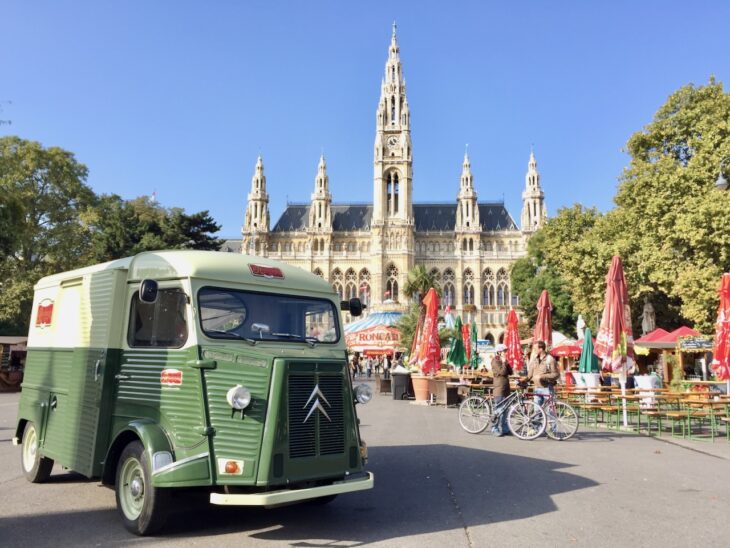
Source: velvetescape
Travel throughout Vienna is quite easy and there is a transferred authority that runs a tram, commuter rail, and bus network. The U-Bahn underground tram is an easy and efficient way to get around through the city via public transport where you won’t have to worry about much traffic.
Taxis are another popular choice for tourists and all are metered with many drivers who speak English.
Driving through the city can be somewhat difficult with some narrow roadways and congestion but a good way to reduce some of the congestion in the city center while getting around a bit faster than walking is to consider a bicycle hire. There are many locations throughout the city to rent a bike via stands or through businesses.
The best time to visit Vienna
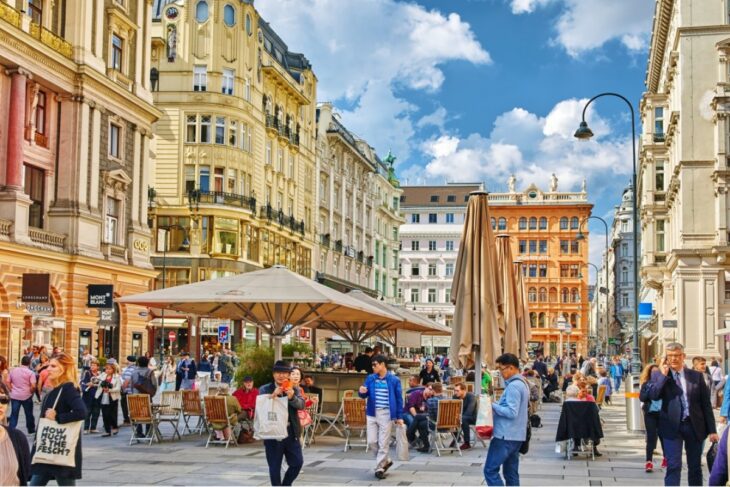
Source: scmp
Most would estimate that the best time to visit Vienna is between September to October or April to May. These are times in which the weather brings a mild crowd and the weather isn’t overly hot. The peak season comes through the summer months when the weather is extremely warm. This is a time when it can be difficult to book hotels and the rates will often fly up in price. Between June and August, the city is regularly full and it can be tough to see many of the major attractions without crowds.
If you’d like to learn more about where is Vienna, visit www.vienna-unwrapped.com.
